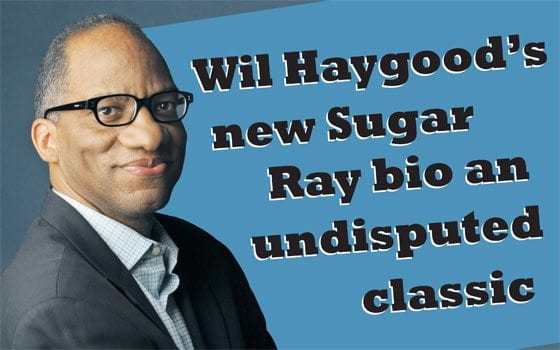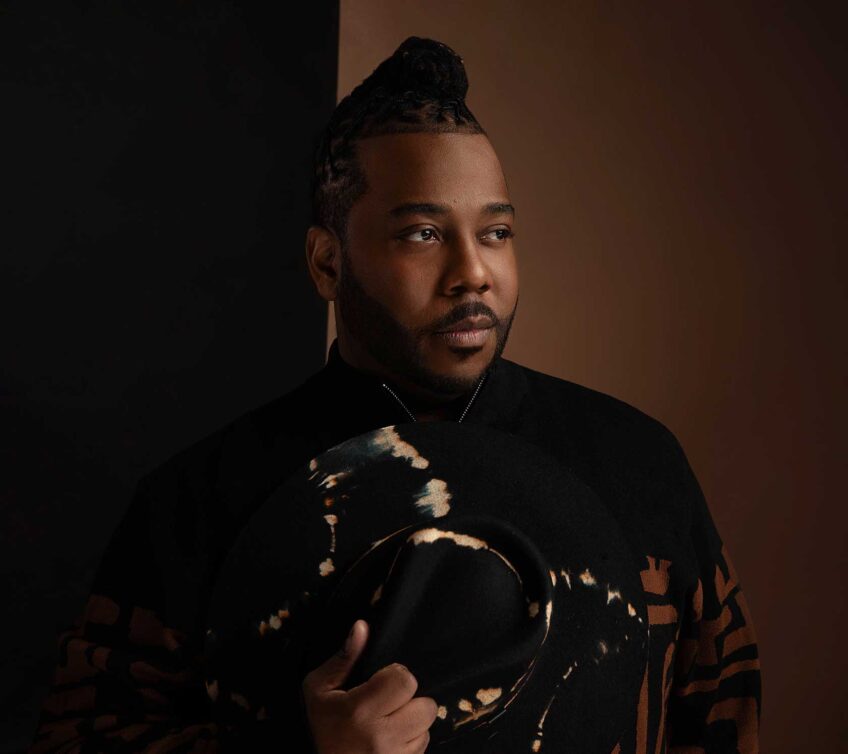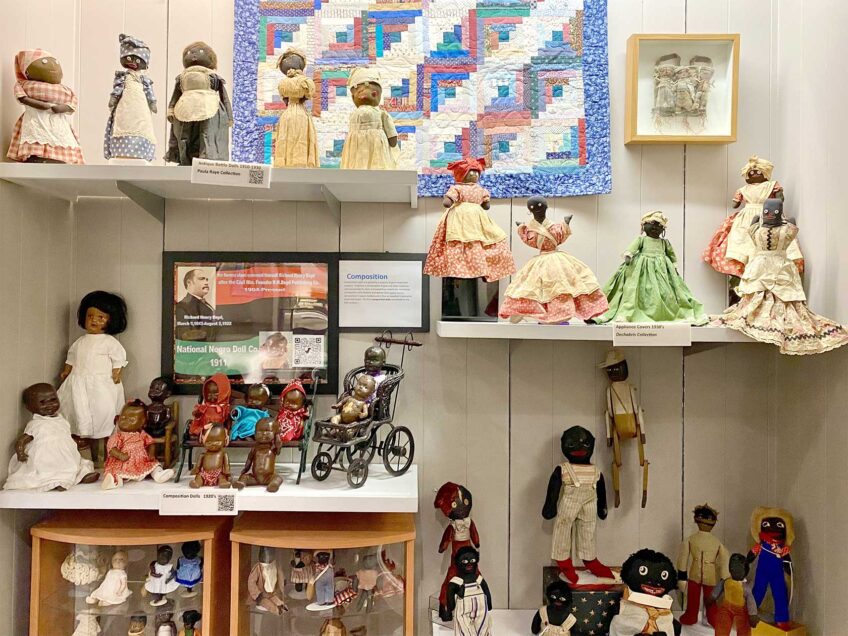
Before Rosa Parks made international news and Brown v. Board of Education legally integrated America’s public schools, professional boxing offered a way out of inner-city poverty. Millions of young black boys looked up to Joe Louis, noting the reverence with which their parents listened to his bouts on the radio — and the spirited celebrations that followed his many victories.
Prizefighters were larger than life in the black community, as John L. Sullivan and Gene Tunney had been to the immigrant Irish. One child who not only idolized Louis, but carried his gym bag as a youngster at Detroit’s Brewster Recreation Center, was Walker Smith Jr. — better known by his nom de guerre, Sugar Ray Robinson.
Former Boston Globe reporter Wil Haygood’s “Sweet Thunder: The Life and Times of Sugar Ray Robinson” (Knopf, 406 pages) revisits a time when boxing occupied a major place in American cultural consciousness, and looks at how Robinson’s style changed the way the world regarded ring combatants.
Biography is best when it explores the social backdrop of its subject. In “Sweet Thunder,” Haygood, a prize-winning writer now with the Washington Post, traces Robinson’s reinvention of himself as a dapper ring dandy and intersperses periodic examinations of how Langston Hughes, Lena Horne and Miles Davis burst onto the American scene during the 1940s — on their own terms.
A product of separated parents and the sibling of two sisters, Robinson lived in segregated Detroit until he was 11, when his mother moved his family to Harlem. He was exposed to Detroit’s Black Bottom, from which emerged some of America’s most prominent blacks, including Joe Louis, Elijah Muhammad and Berry Gordy, and the cultural capital Harlem, with its artisans, nattily attired pedestrians and influential churches.
The little boy who had trailed a teenage Joe Louis later learned the basics of boxing at the highly competitive Salem-Crescent Athletic Club, located in the basement of Salem Methodist Church. It was there, under the tutelage of trainer George Gainford, that Smith gained the confidence and athletic pride that a household of women could not foster.
Smith adopted his moniker as an amateur boxer, using a borrowed Amateur Athletic Union identification card bearing the name of former Salem Crescent teammate Ray Robinson to fight in an out-of-town match. The nickname “Sugar” stuck after a woman described his style as “sweet” during an amateur bout in upstate New York, and a local sportswriter coined the handle in the next morning’s edition.
Reborn as Robinson, Ray developed into an unbeatable (85-0, 69 knockouts) amateur, then a welterweight professional whom seasoned fighters avoided. During their stints in World War II, he befriended Sgt. Joe Louis, but was seldom able to fight official bouts. After the war, Robinson — like trumpeter Davis, entertainer Horne and poet laureate Hughes — decided it was time to challenge America’s social and artistic limitations. All three, in their manner, disregarded the boundaries of precedent and complexion.
Robinson viewed boxing as craft, not mere mayhem. He was the first prominent modern fighter to carve out a lucrative career without ties to organized crime figures, monopolized boxing organizations or a single dominant promoter. More articulate than Louis and ambitious beyond the ring, his Harlem nightclub became a nexus for celebrities and wannabes. Horne, Davis, Hughes and the power couple of the time, the Rev. Adam Clayton Powell Jr. and Hazel Scott, were frequent guests. Writer A.J. Liebling enjoyed the pork chops, young hotel desk clerk Charlie Rangel was often asked to escort women there who did not wish to walk alone, and up-and-coming photographer Gordon Parks made the scene at Sugar Ray’s.
Just as much a Manhattan landmark as the nightclub, albeit a moving one, was the champ’s custom-made flamingo-pink Cadillac. The ride was a signal that the dashing pugilist was near. Such was Robinson’s appeal that, from the mid-1940s to the early 1960s, not only fans and proud blacks, but musicians, mayors, actors and columnists craved his company and counsel — from Harlem to Paris, from Walter Winchell and James Baldwin to Liz Taylor and Muhammad Ali.
Having conquered boxing and Harlem, Robinson left the ring at 31 to make a living as a nightclub performer, earning $15,000 a week for a time. Tepid reviews, however, drove him back to his forte. Lest one think the delusions of stardom ruined his fistic instincts or tempered his edge, Robinson compiled 173 victories against 19 losses and six draws over a career that lasted from 1940 to 1965. The list of boxers he defeated reads like a who’s who of the welterweight and middleweight divisions — Jake LaMotta, Carmen Basilio, Gene Fullmer, Carl “Bobo” Olson, Henry Armstrong, Rocky Graziano, Kid Gavilan and more.
At age 30, Robinson’s record was a near-spotless 128-1-2, including 80 knockouts. “Sweet Thunder” provides a ringside seat to the fighter’s highs and lows, complete with graphic injury, managerial conflict and the post-fight high life at Ray’s eponymous nightclub.
Haygood appropriately paints Robinson as a style icon, a man consumed with concern about his signature processed hairdo (which a handler combed back into place between rounds), the intricate details of his nightspot’s design and his career as a stage performer. We peek behind the scenes at his marriage and fatherhood, his businesses and his training regimen. Haygood also captures Robinson’s mental metamorphosis from lonely street boy to a colored Clark Gable.
With this work, Haygood has produced a biographic trilogy of three men synonymous with the Harlem of their times — Adam Clayton Powell Jr. (1994’s “King of the Cats”), Sammy Davis Jr. (2003’s “In Black and White”) and now Robinson. Haygood was born to the task, masterfully placing Robinson in sociological context while still presenting a portrayal that resonates with the guts, glitter and gravitas that his subject merits.
We are all the lesser for the fact Hollywood has chosen to produce major biopics about fighters like Graziano (played by Paul Newman in 1956’s “Somebody Up There Likes Me”) and LaMotta (played Robert De Niro in Martin Scorsese’s Oscar-winning 1980 film “Raging Bull”) — whom Robinson defeated in their duels far more often than they bested him — while the man that most boxing experts consider the finest-ever pound-for-pound practitioner of the sweet science has not received a screen treatment.
The movie industry may be remiss in its hesitance to chronicle Robinson’s rags-to-riches life, but with “Sweet Thunder,” Haygood has created as visual a representation of the princely existence of Sugar Ray as can exist in the written word.



![Banner [Virtual] Art Gallery](https://baystatebanner.com/wp-content/uploads/2024/04/Cagen-Luse_Men-at-store-e1713991226112-150x150.jpg)

![Banner [Virtual] Art Gallery](https://baystatebanner.com/wp-content/uploads/2024/04/Cagen-Luse_Men-at-store-e1713991226112-848x569.jpg)

